Several group study trips are made outside of Venice and are included as part of the program. All students and faculty attend, and art history and on-site studio work are integrated together.
Ravenna
On this full-day trip, students are exposed to the early Christian and Byzantine monuments of this ancient city, older than any in Venice. Students study mosaics, early Christian architecture, and the changing religious and political landscape of the upper Adriatic and wider Mediterranean world that served as a precedent for Venetian art. Visits to UNESCO sites San Vitale, the "Mausoleum" of Galla Placidia, San Giovanni Evangelista, and Sant'Apollinare Nuovo are included, and free time is budgeted in the afternoon for students to explore other sites.
Padua
Students study first-hand the artistic contributions of Venice's neighbor, Padua, which was for centuries part of the Venetian Republic on the mainland.
The trip begins with a privileged hour-long tour examining Giotto's fresco cycle in the Arena Chapel and lecture by Antonio Stevan, the architect of the Chapel's new entrance and climate-control system. Additional highlights include original works of art by Giotto and Veronese in the Musei Civici di Padova, the fresco cycle by Mantegna in the church of the Eremitani, Donatello's Equestrian Statue of Gattamelata, frescoes by Titian in the Scuola di Sant'Antonio and by Altichiero in the Oratory of San Giorgio, and the great Franciscan basilica of Sant'Antonio, with works by Donatello, Altichiero, and the Lombardi.
Students may continue to explore Padua in the afternoon and return to Venice on their own.
Castelfranco | Palladian Villas Emo & Barbaro | Bassano del Grappa
This full-day trip broadens the scope of Venetian artists and architects already encountered in Venice itself and considers Renaissance villa architecture and its decoration in the Veneto. The day begins in Castelfranco, where students scrutinize one of the few confirmed altarpieces by the Renaissance painter Giorgione, and study fresco fragments from the destroyed Sanmicheli Villa Soranzo by Veronese, Zelotti and Canera. The study continues with visits to two intact villas by Palladio – the Villa Emo, with frescoes by Zelotti, and the UNESCO-designated Villa Maser, with frescoes by Veronese – to consider complete ensembles by two contemporary Venetian painters.
The trip continues in Bassano del Grappa, where after a vigorous walk up the foothills of the Dolomite mountains and a rustic lunch, students sketch and paint in nature with studio professors during the afternoon. Heading down to Bassano itself, we cross Palladio's bridge spanning the Brenta River, walk through town, and return to Venice.
Special Trips
Specially-organized trips may be held year-to-year according to current faculty and student research to close-by sites or exhibitions. One such recent trip includes a visit to Verona to view the exhibition Paolo Veronese: The Illusion of Reality (2014), to which Prof. Gisolfi contributed, followed by visits to the Romanesque church of San Zeno and the Castelvecchio Museum, renovated by Carlo Scarpa. Another year, Prof. Kopta led a group of students to the ancient Roman cities of Aquileia and Grado, to visit late antique and early Christian monuments, particularly the Patriarchal Basilica with its mosaic floor.
Students are encouraged to visit close-by towns and cities on their own as their schedules allow, including Vicenza, Ferrara, Bologna, Mantua, Brescia, Udine, Trieste, or further weekend trips to Florence or Rome.
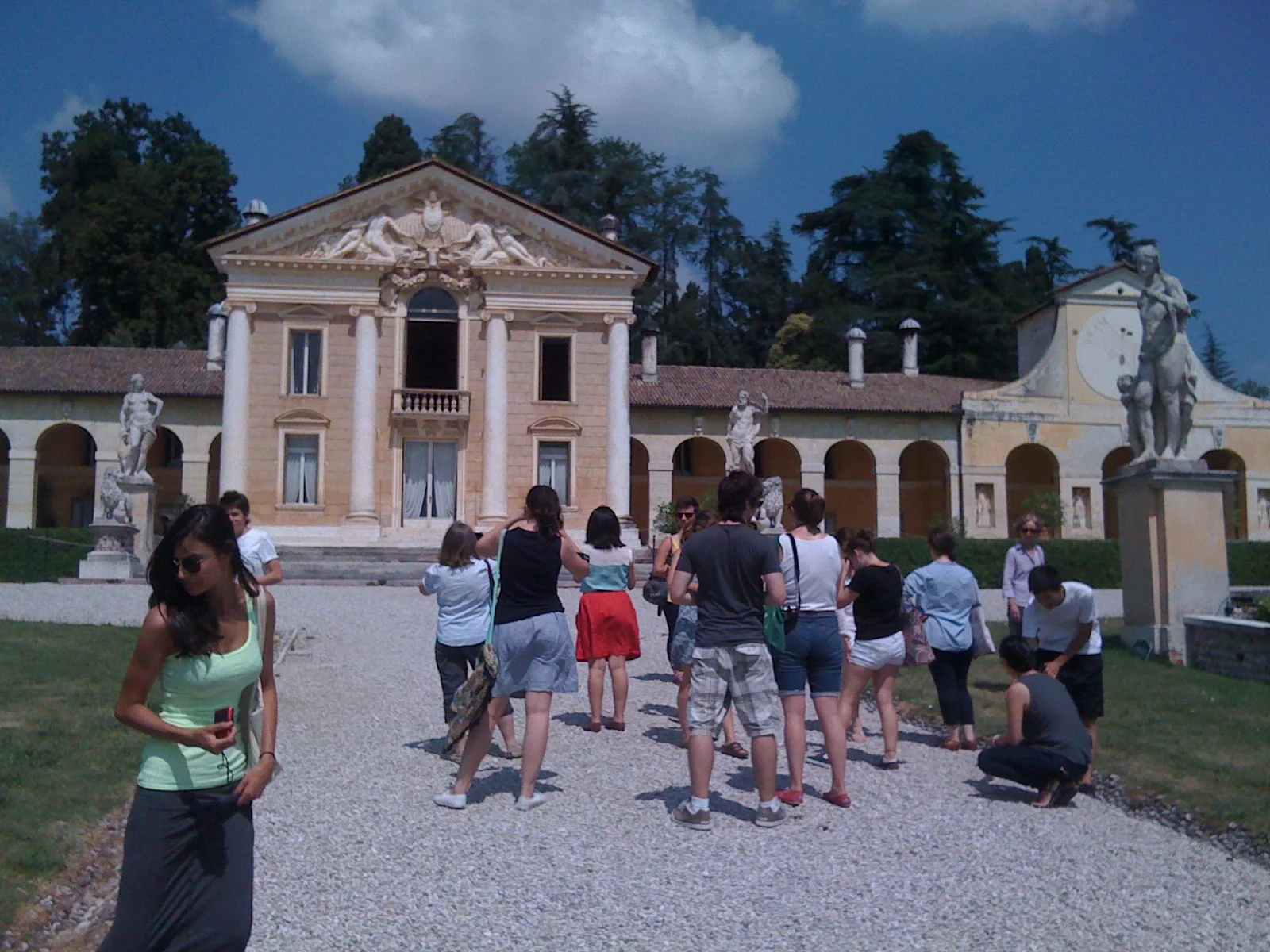
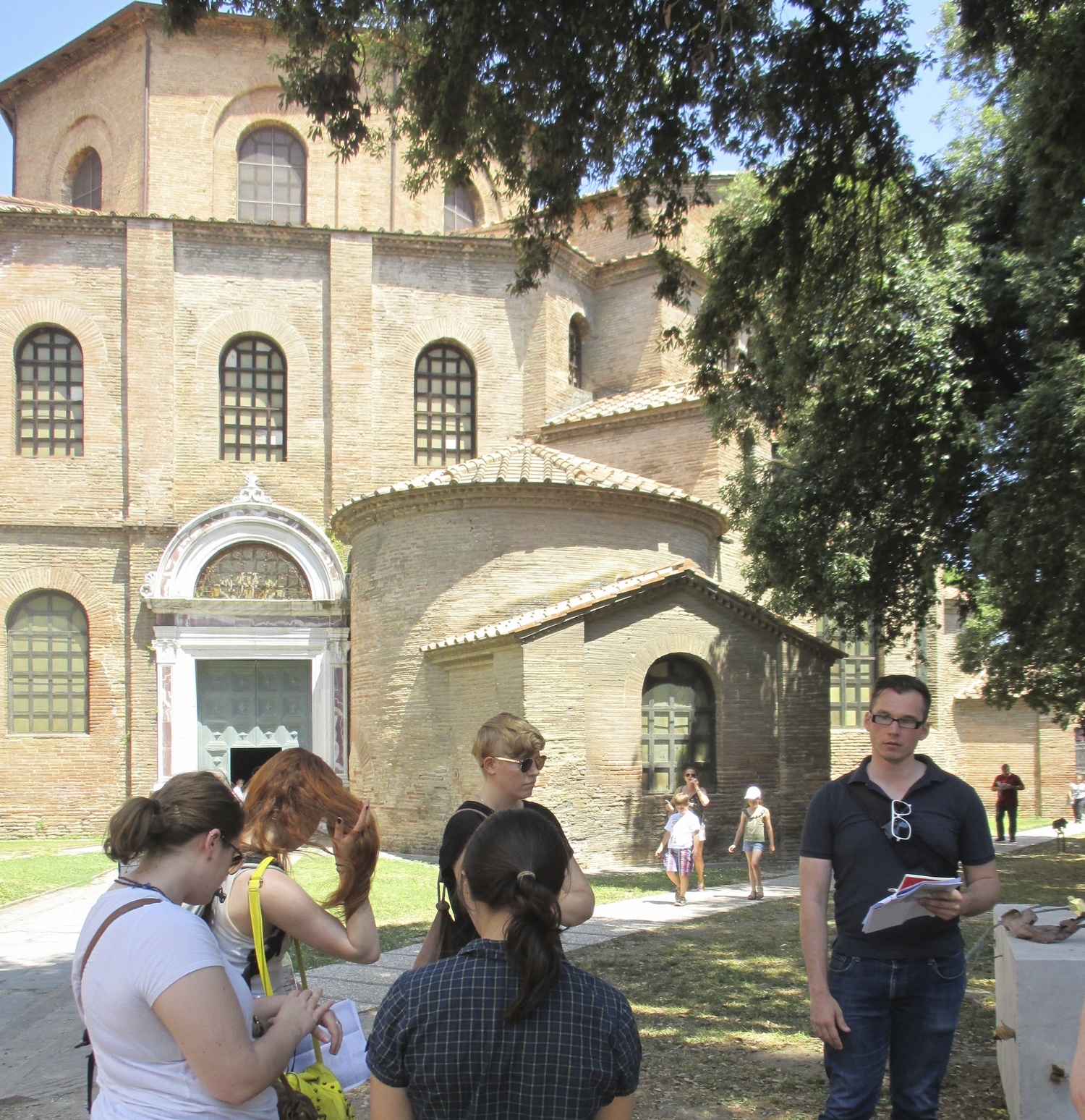
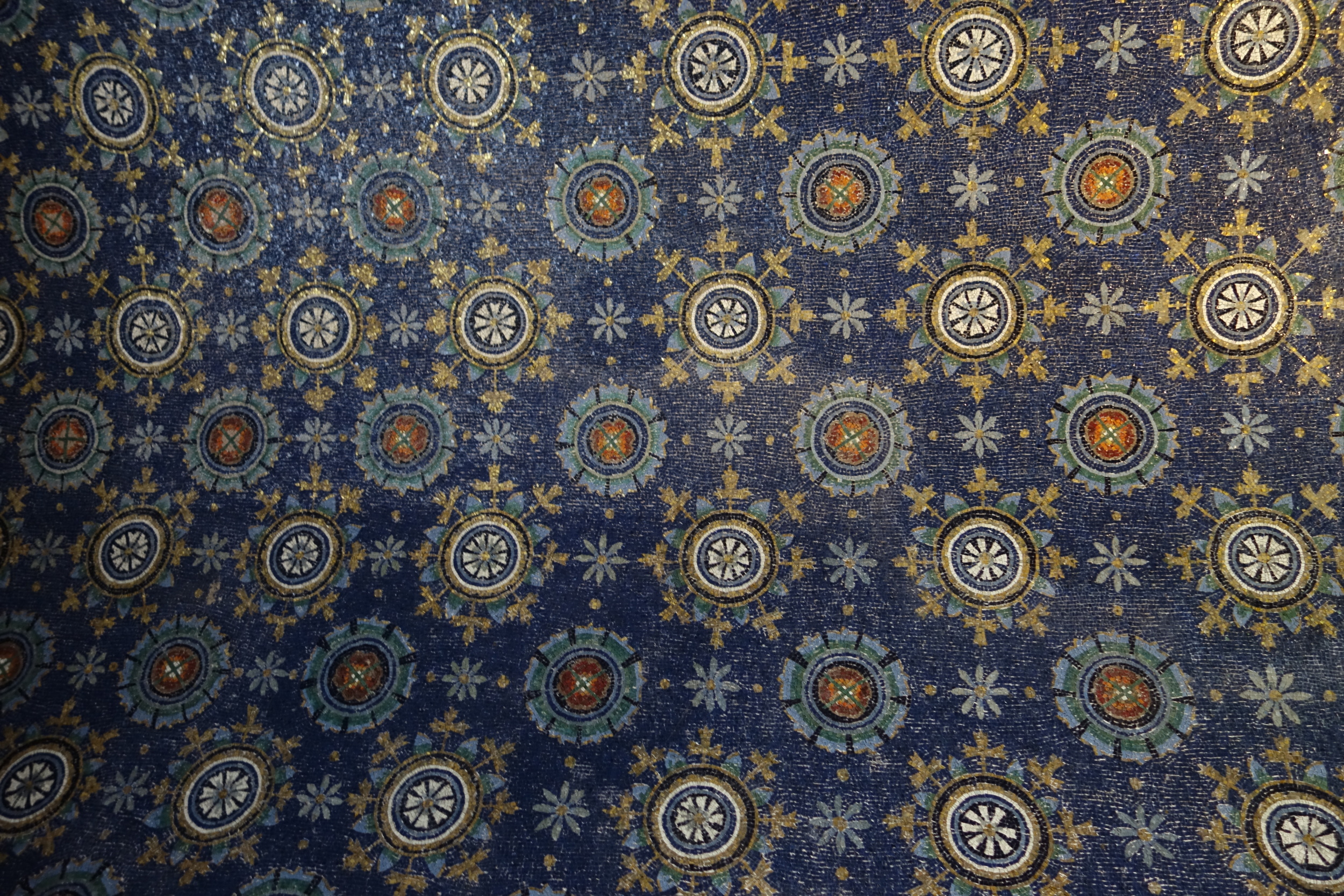
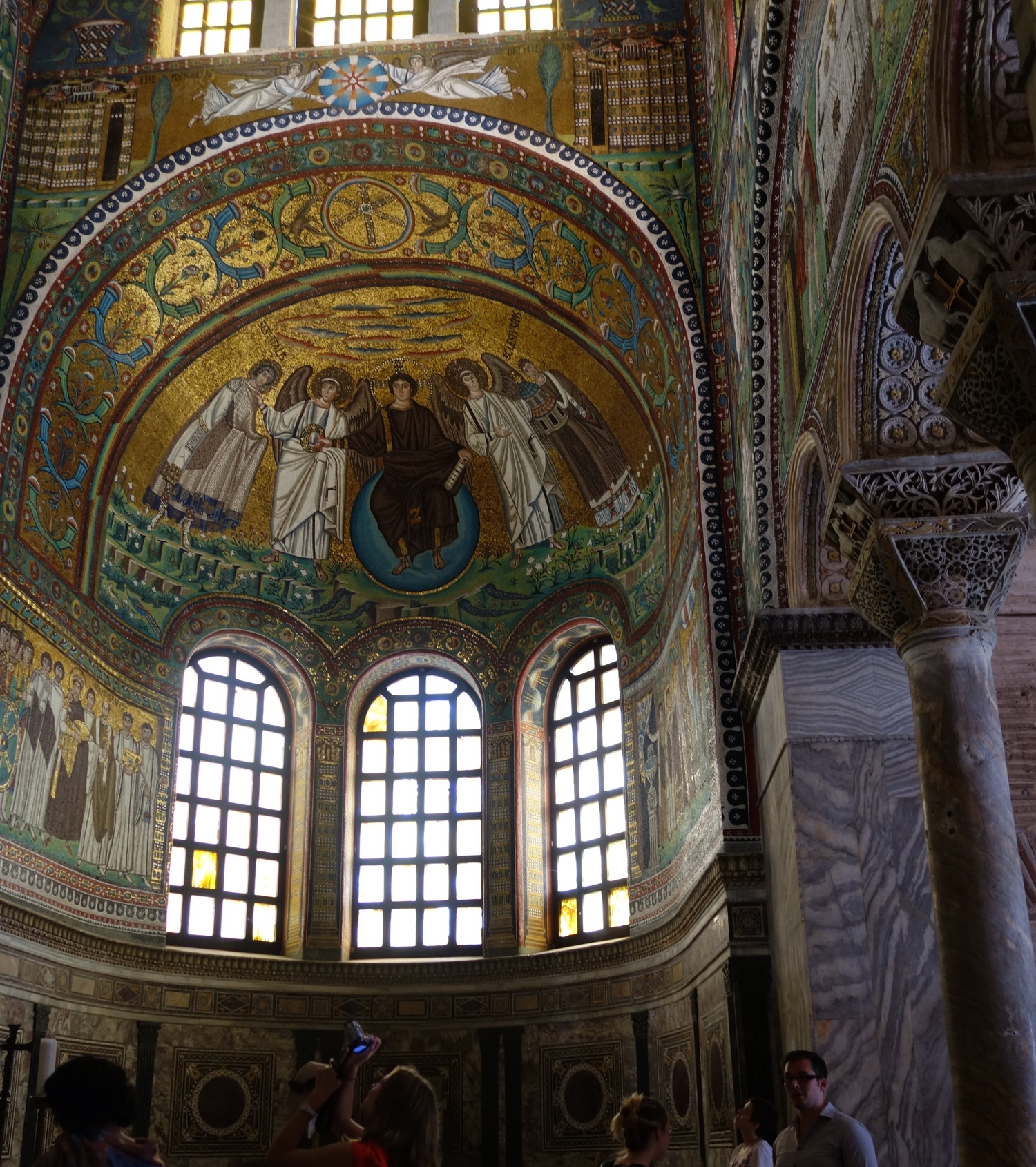

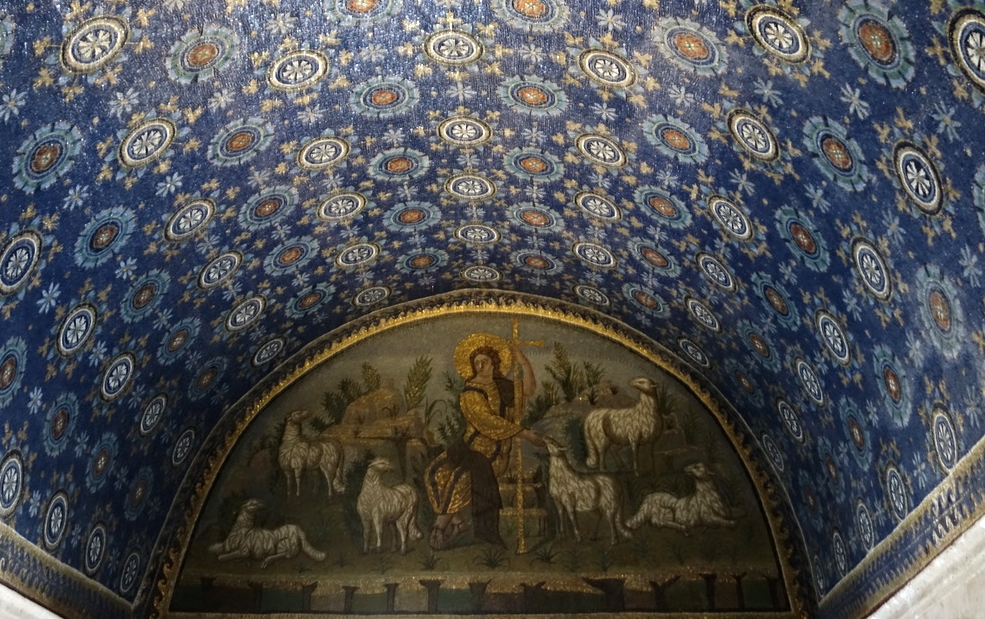
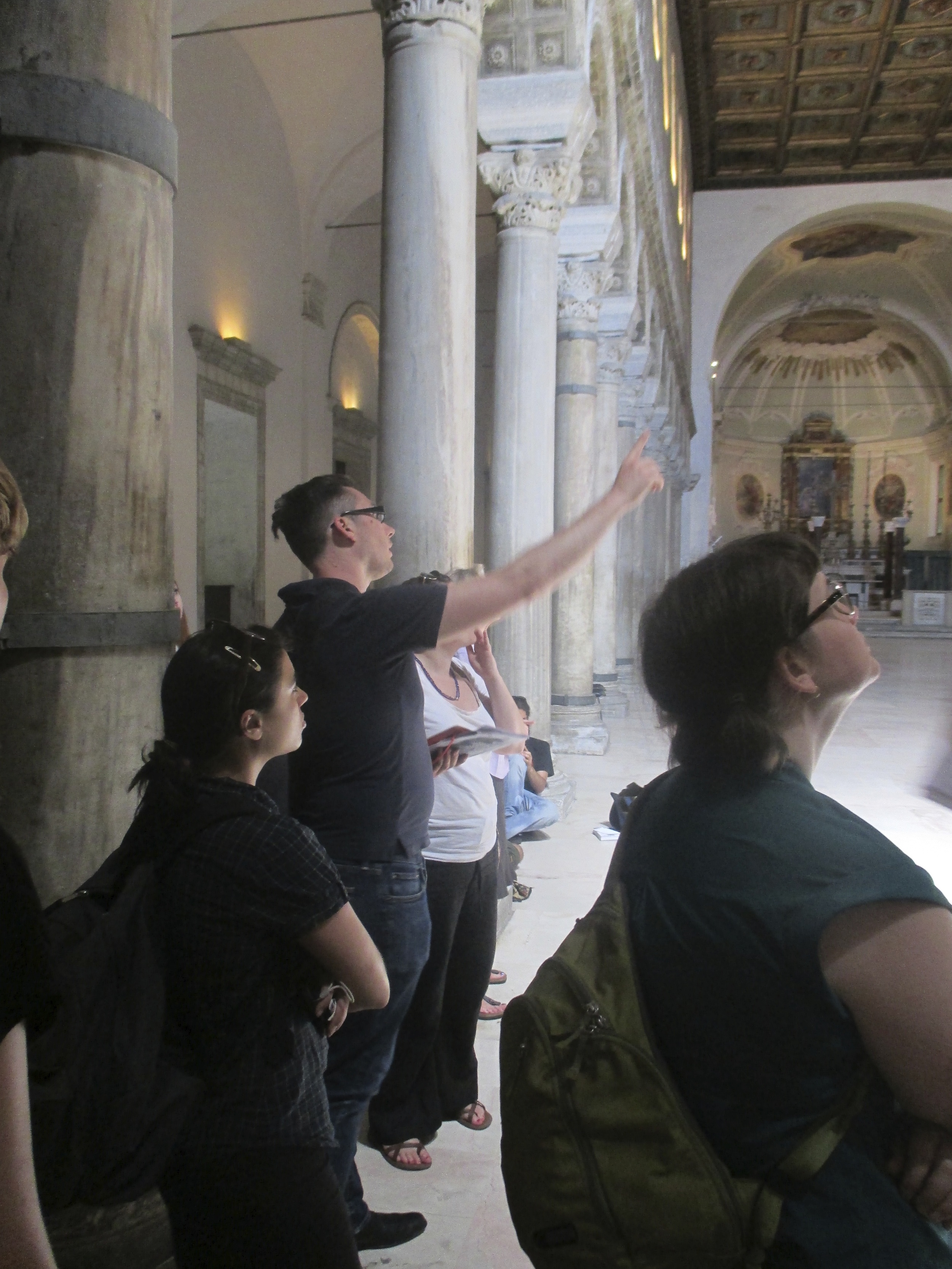
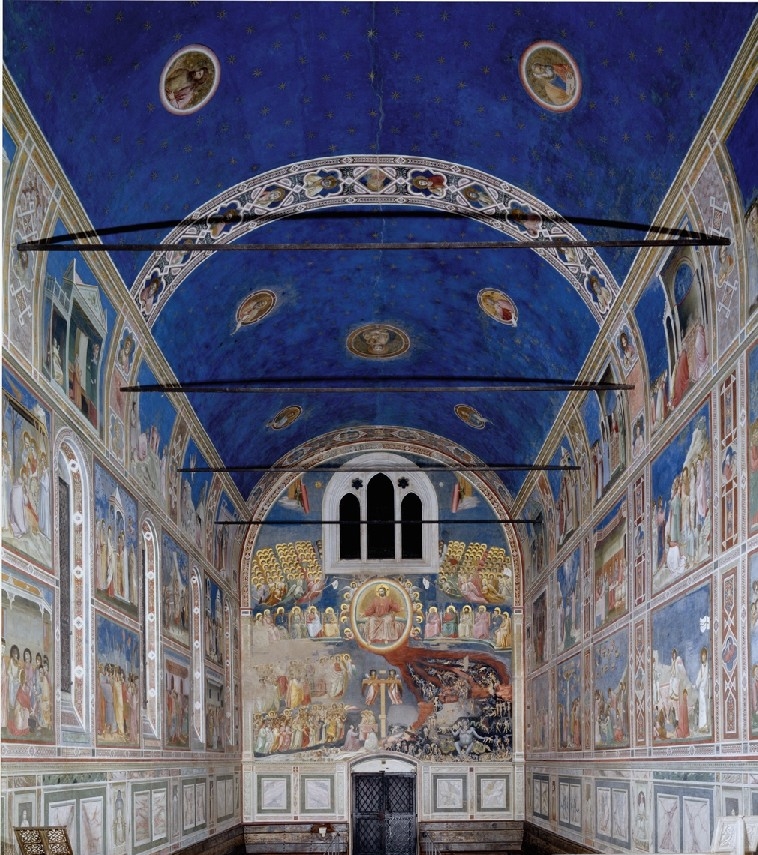
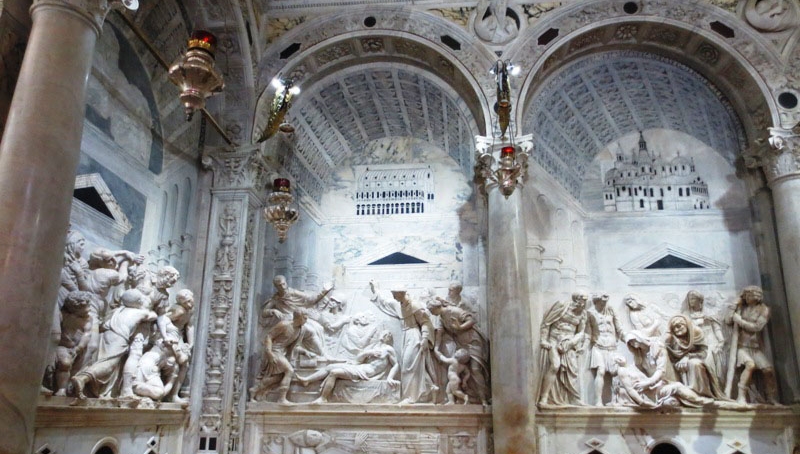

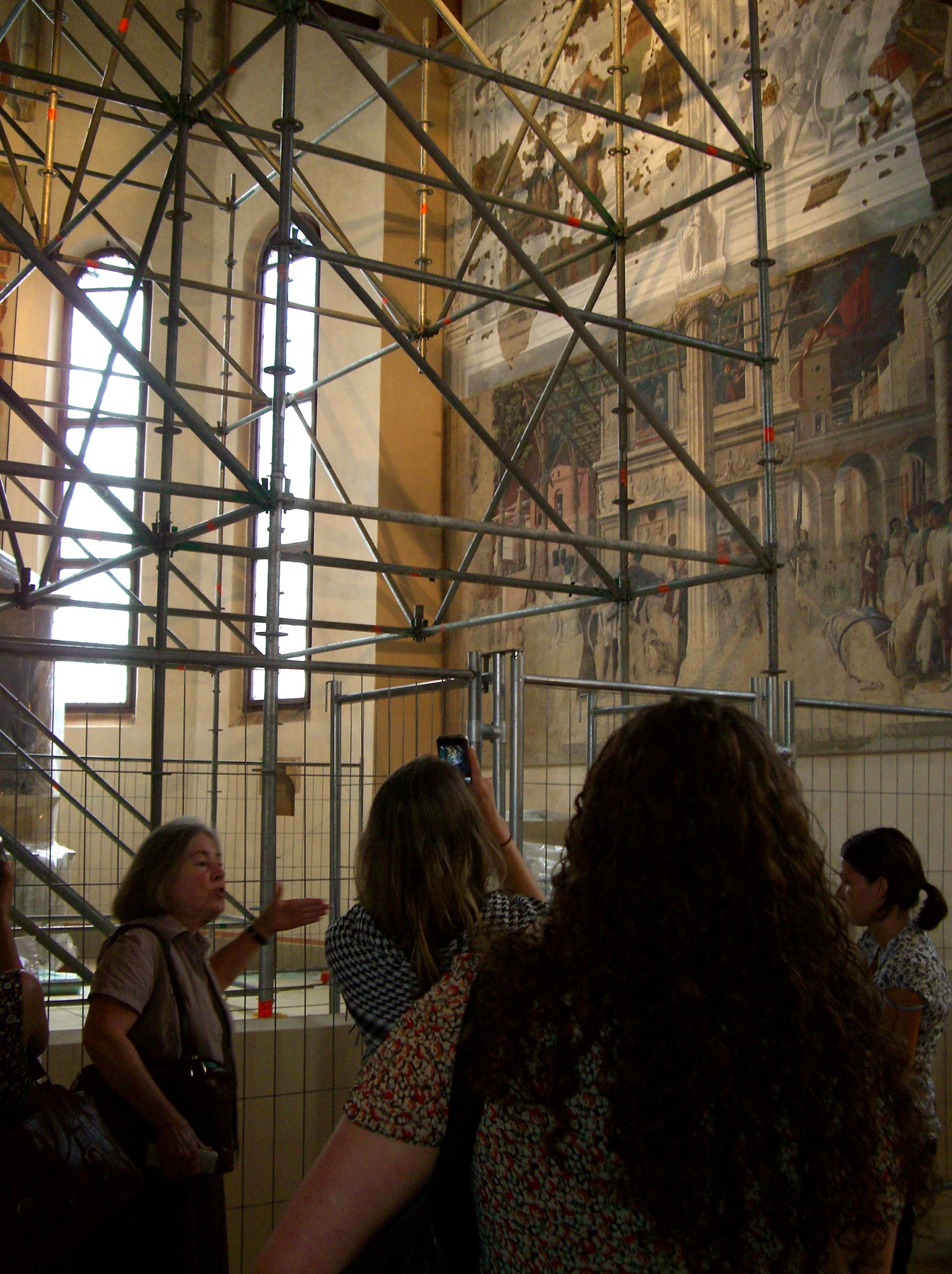


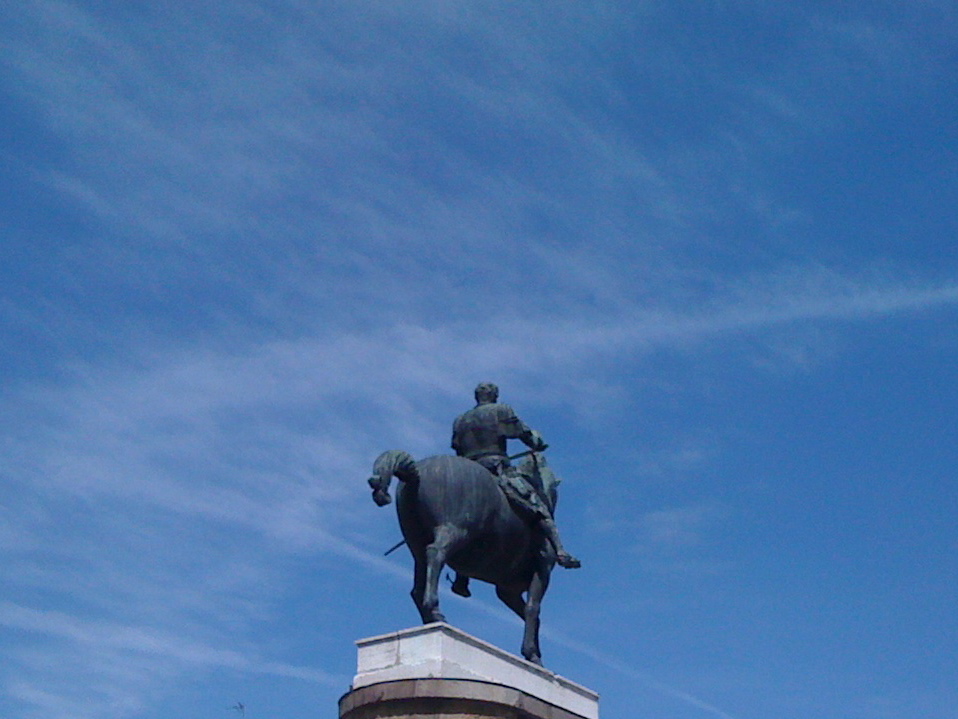
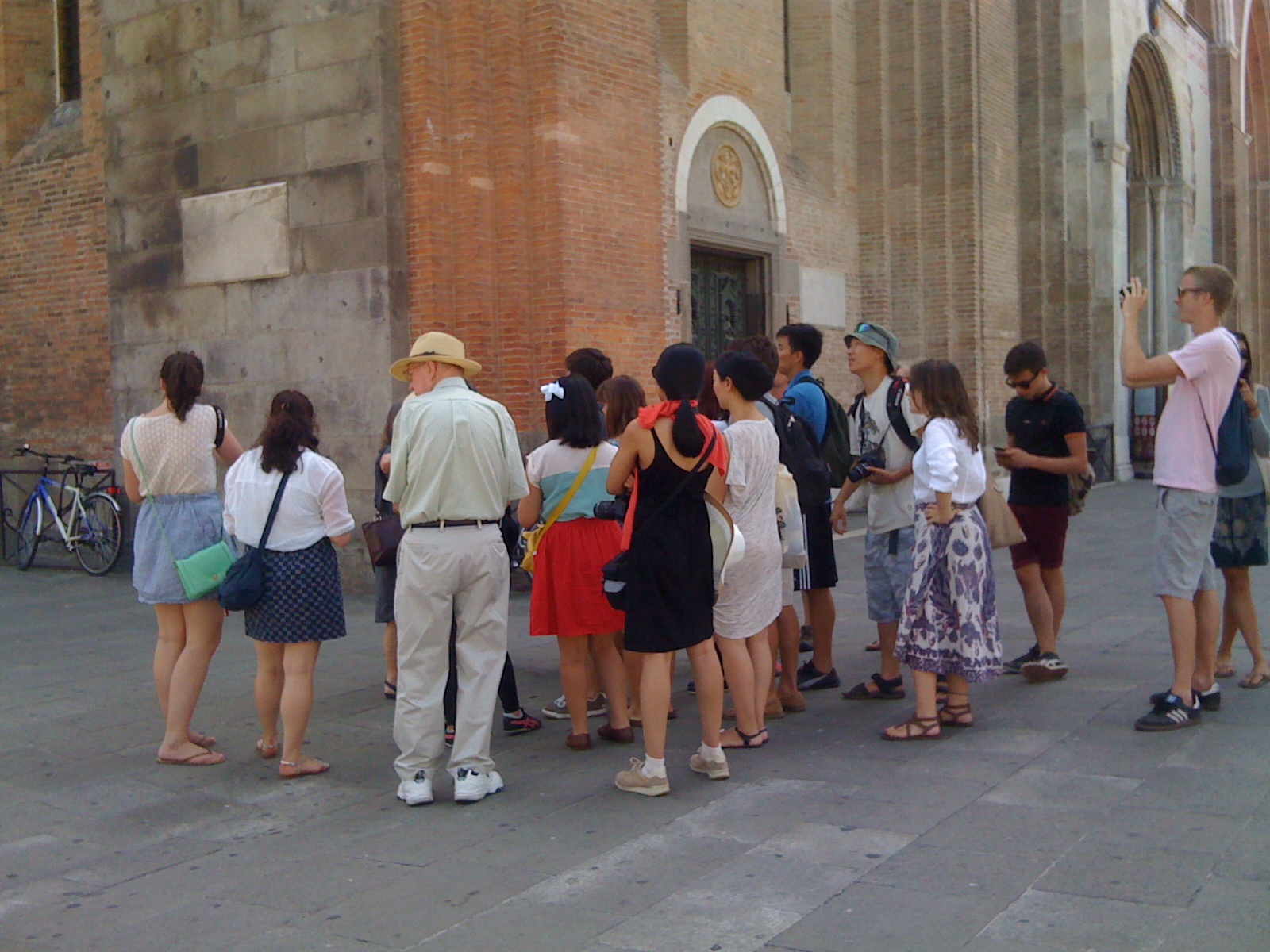
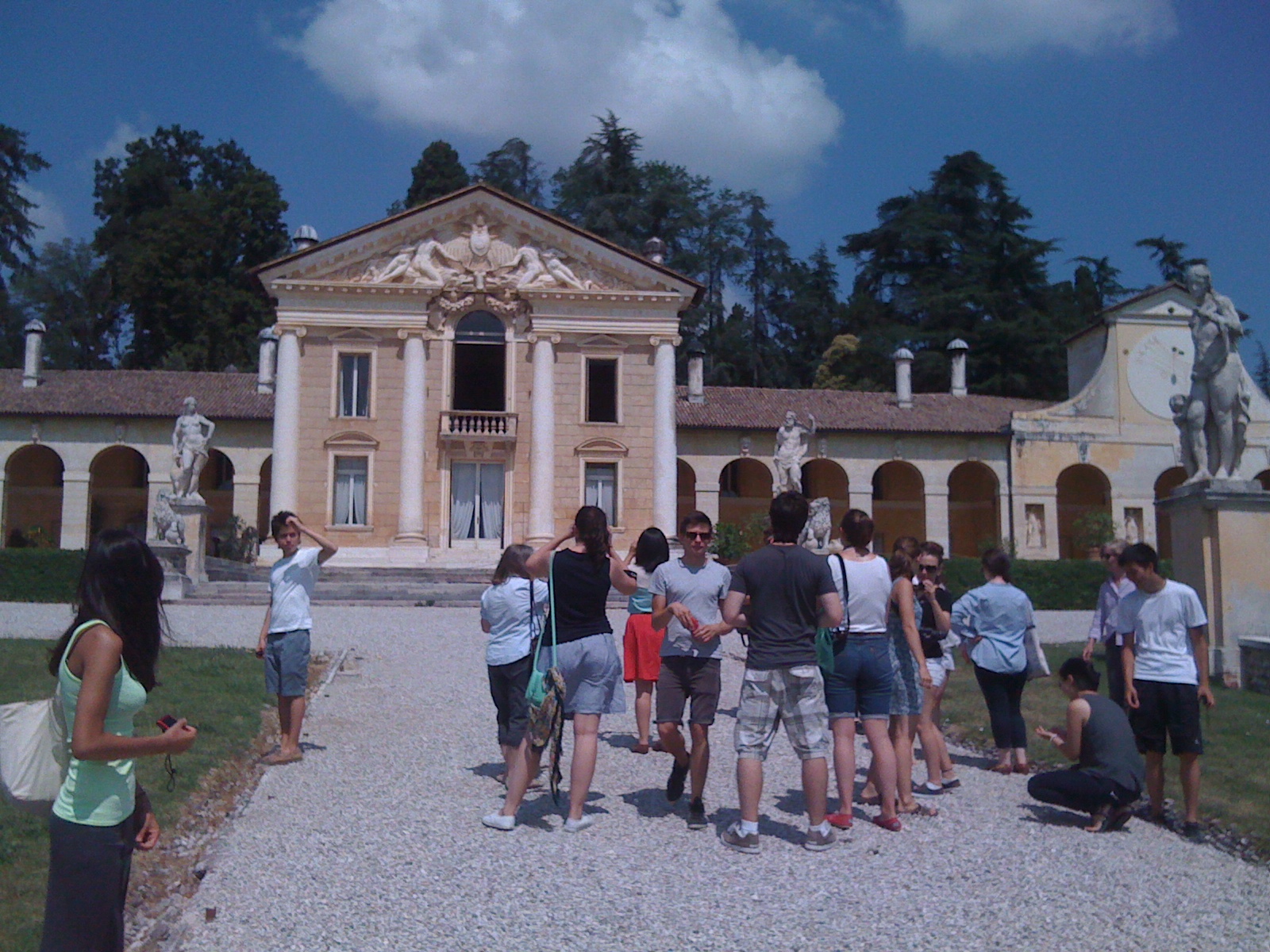
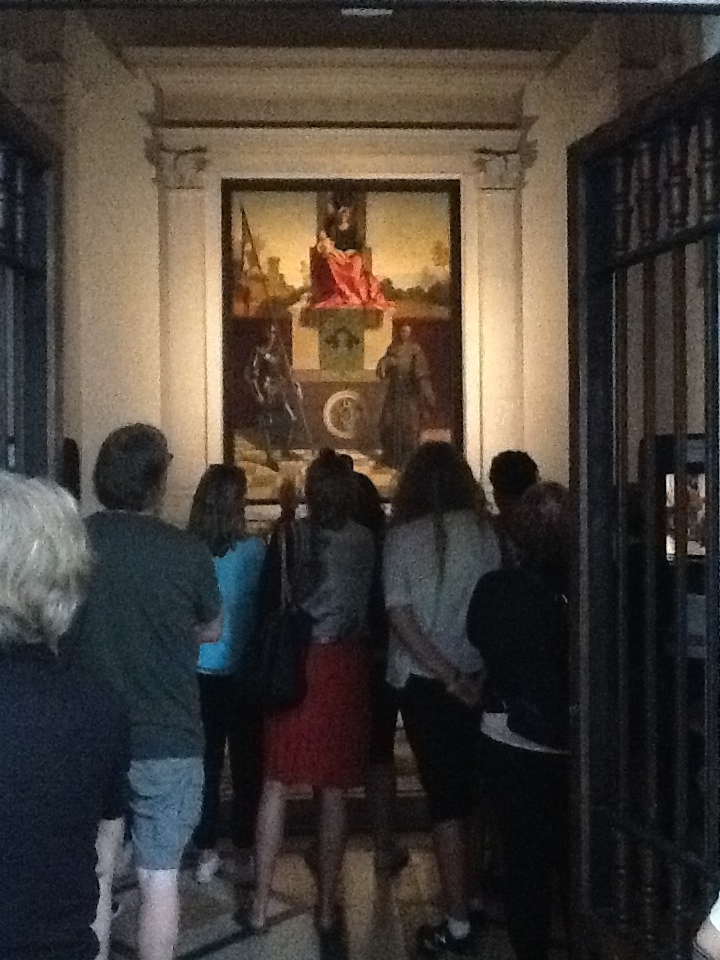
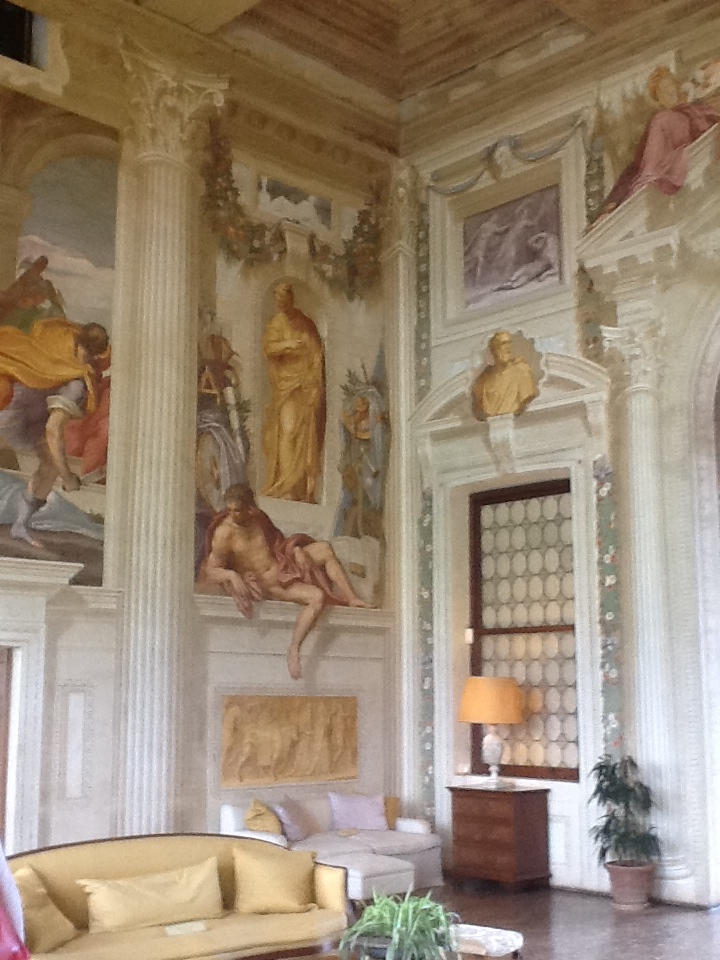
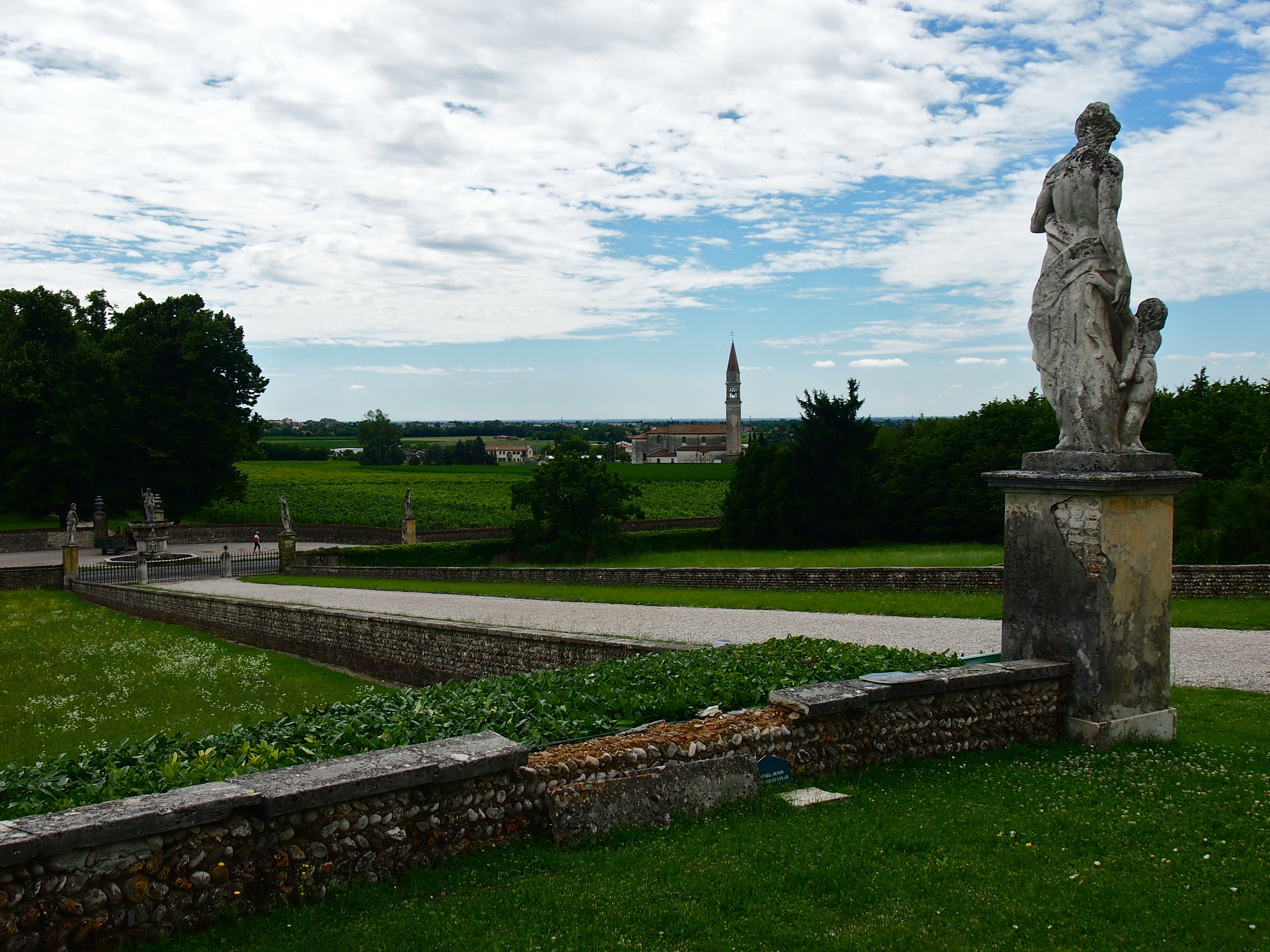
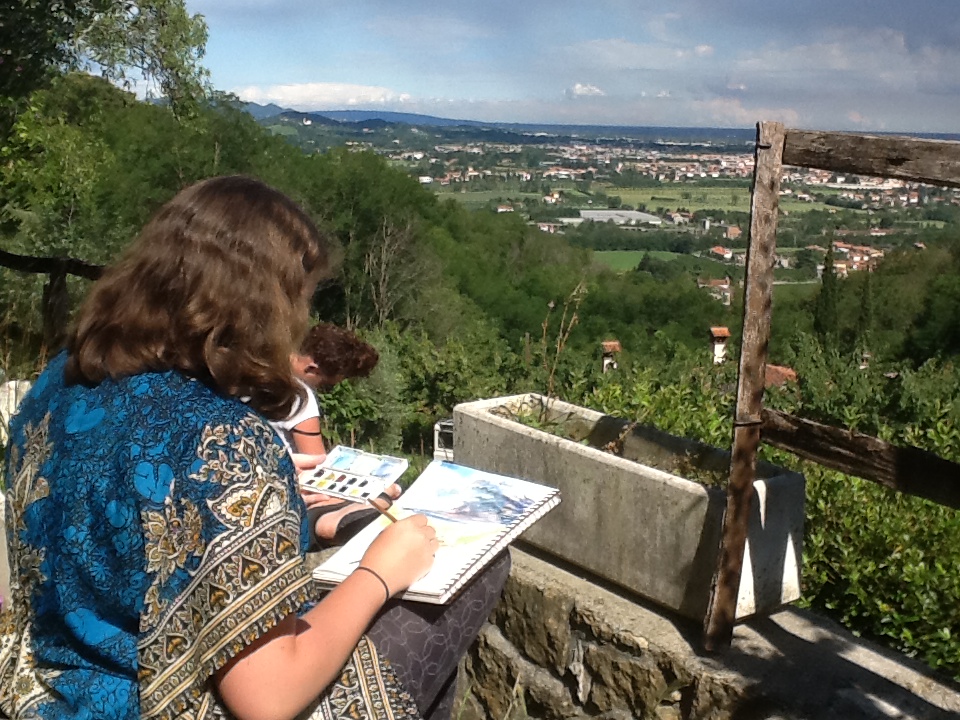
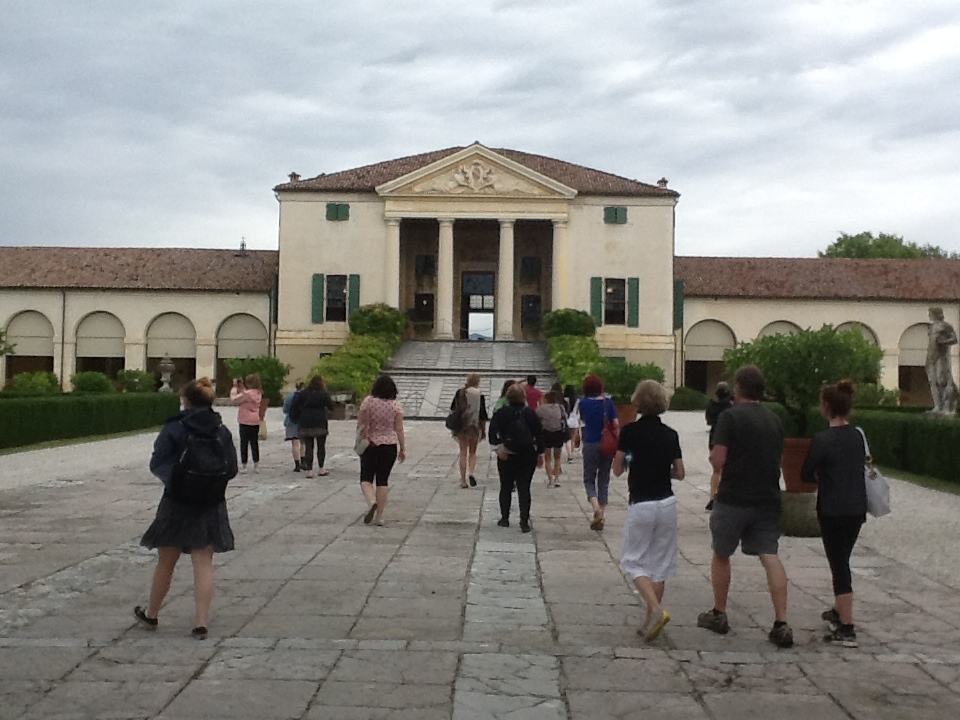

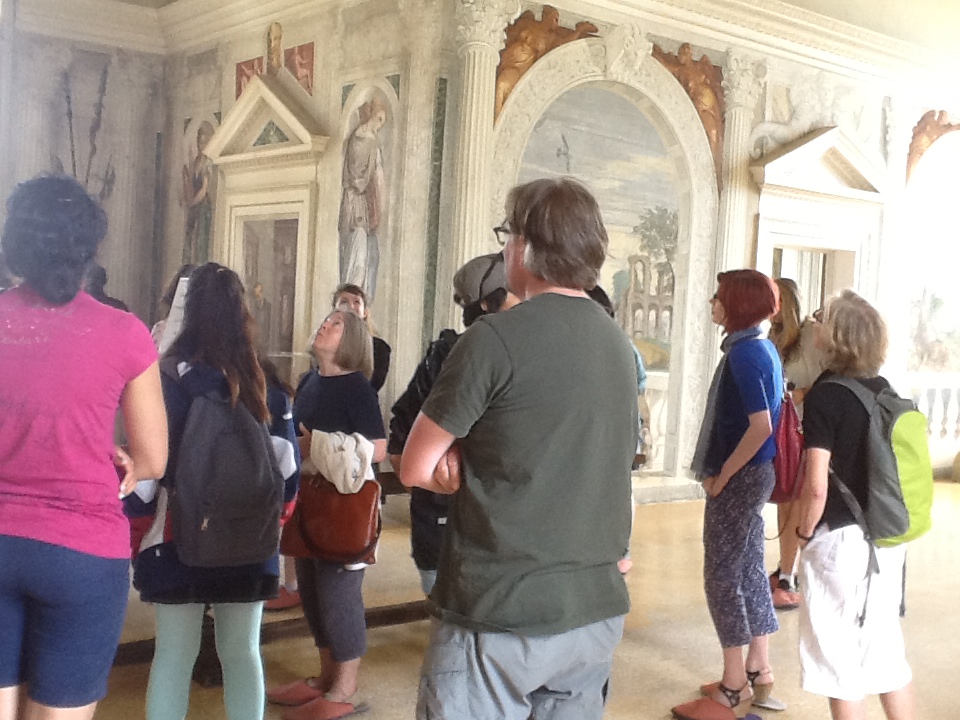
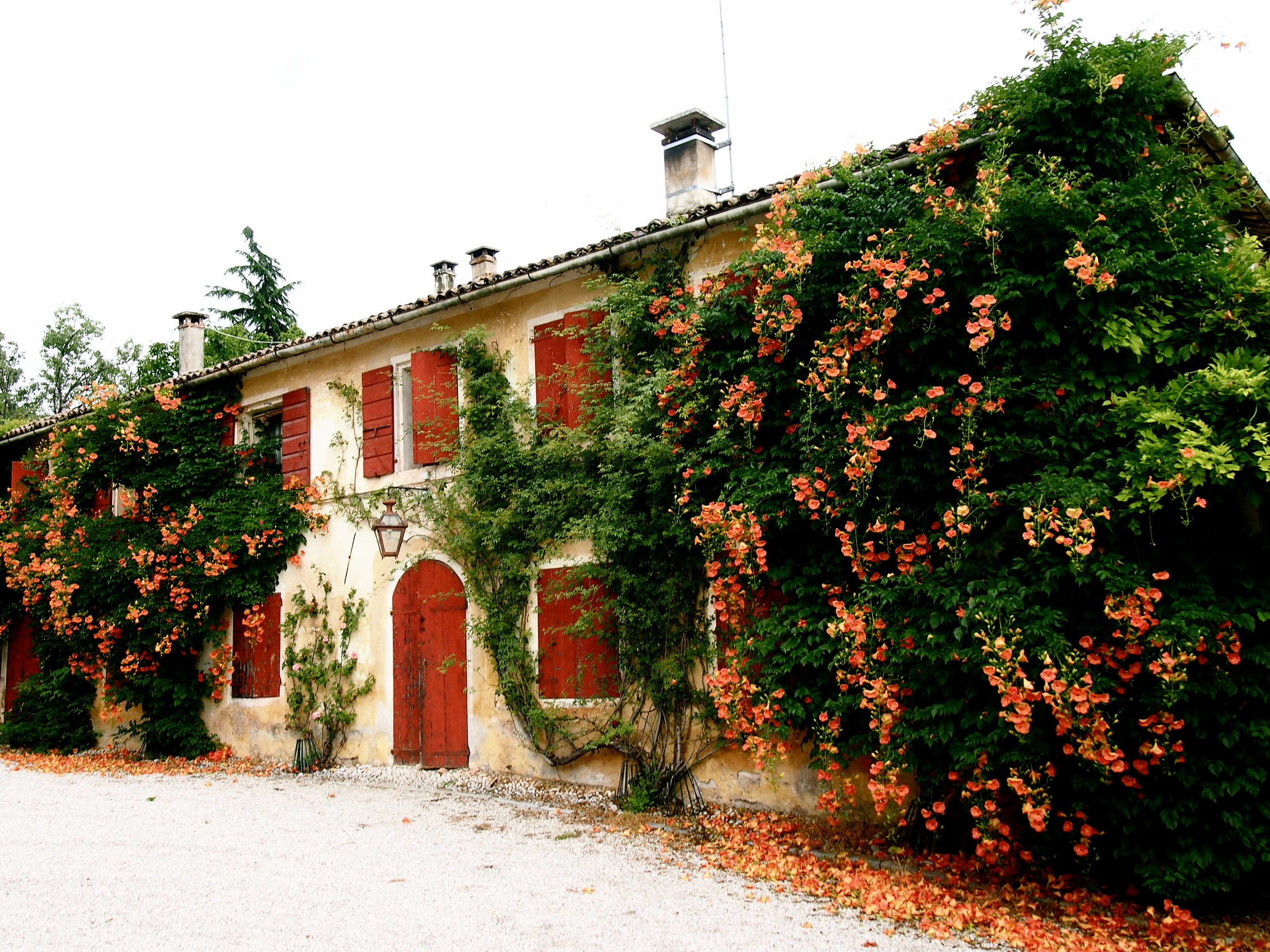
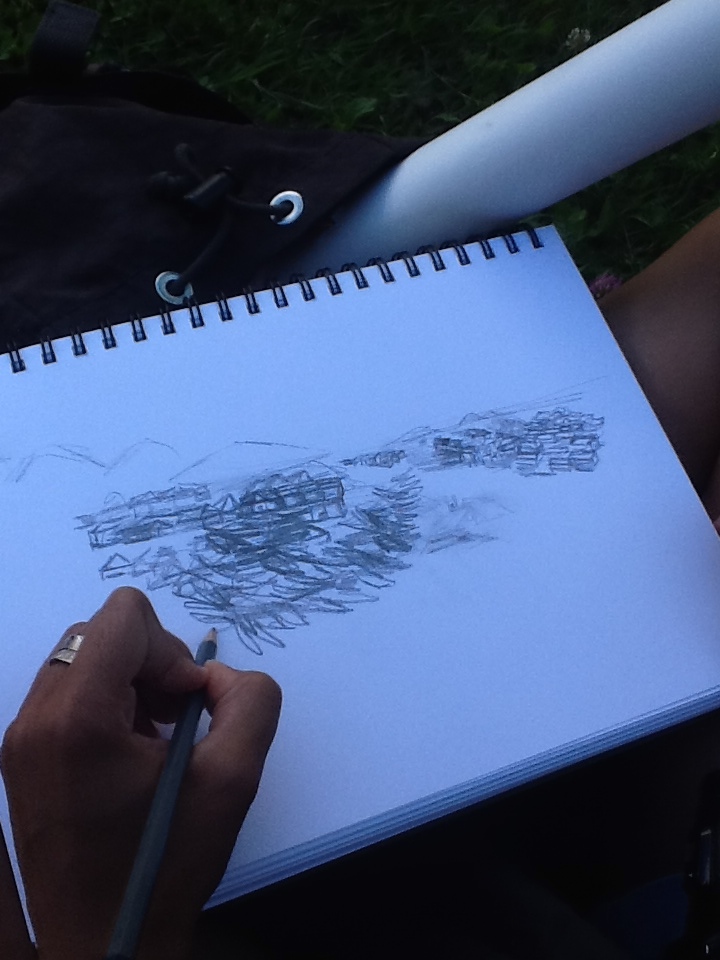
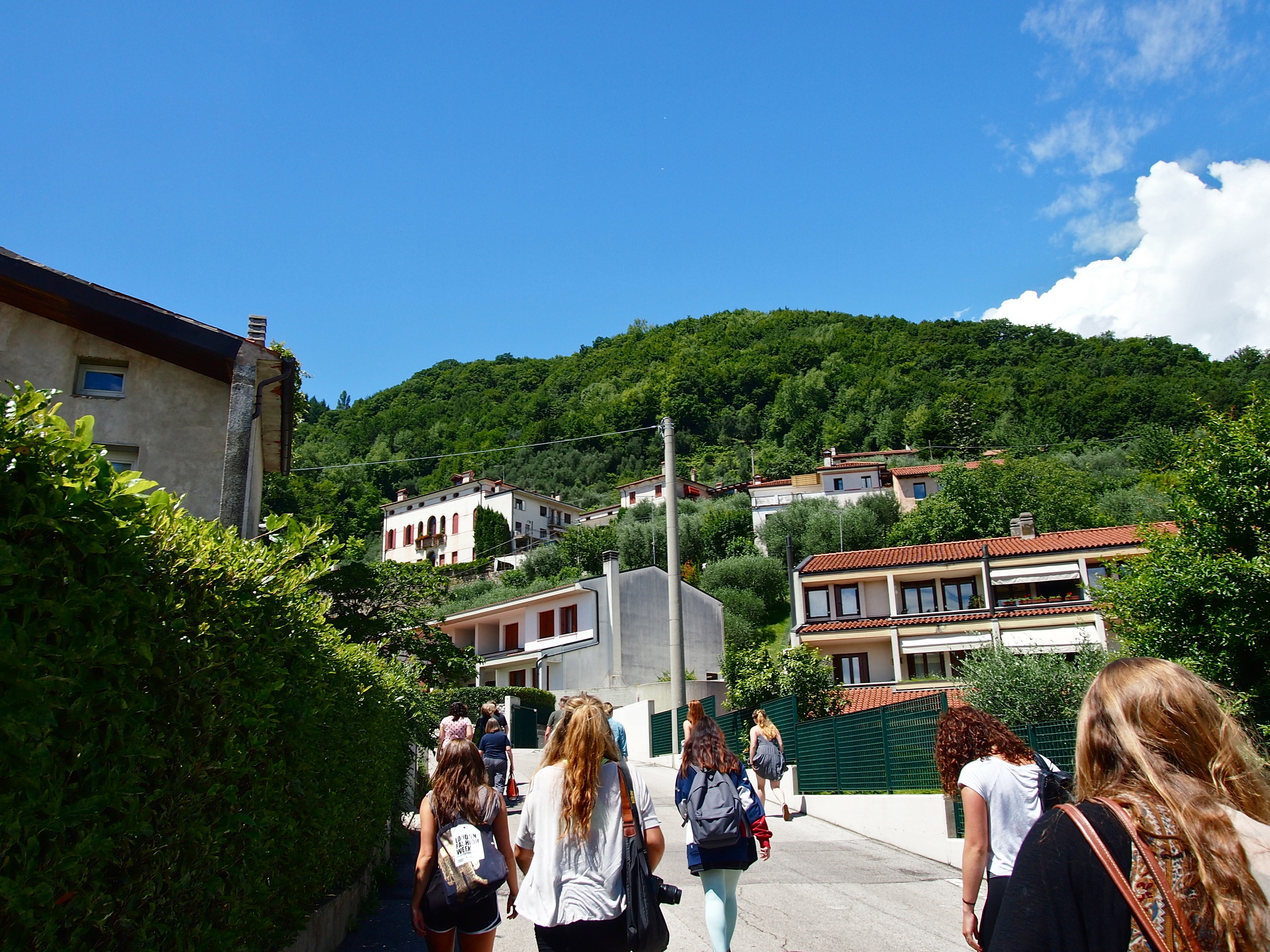
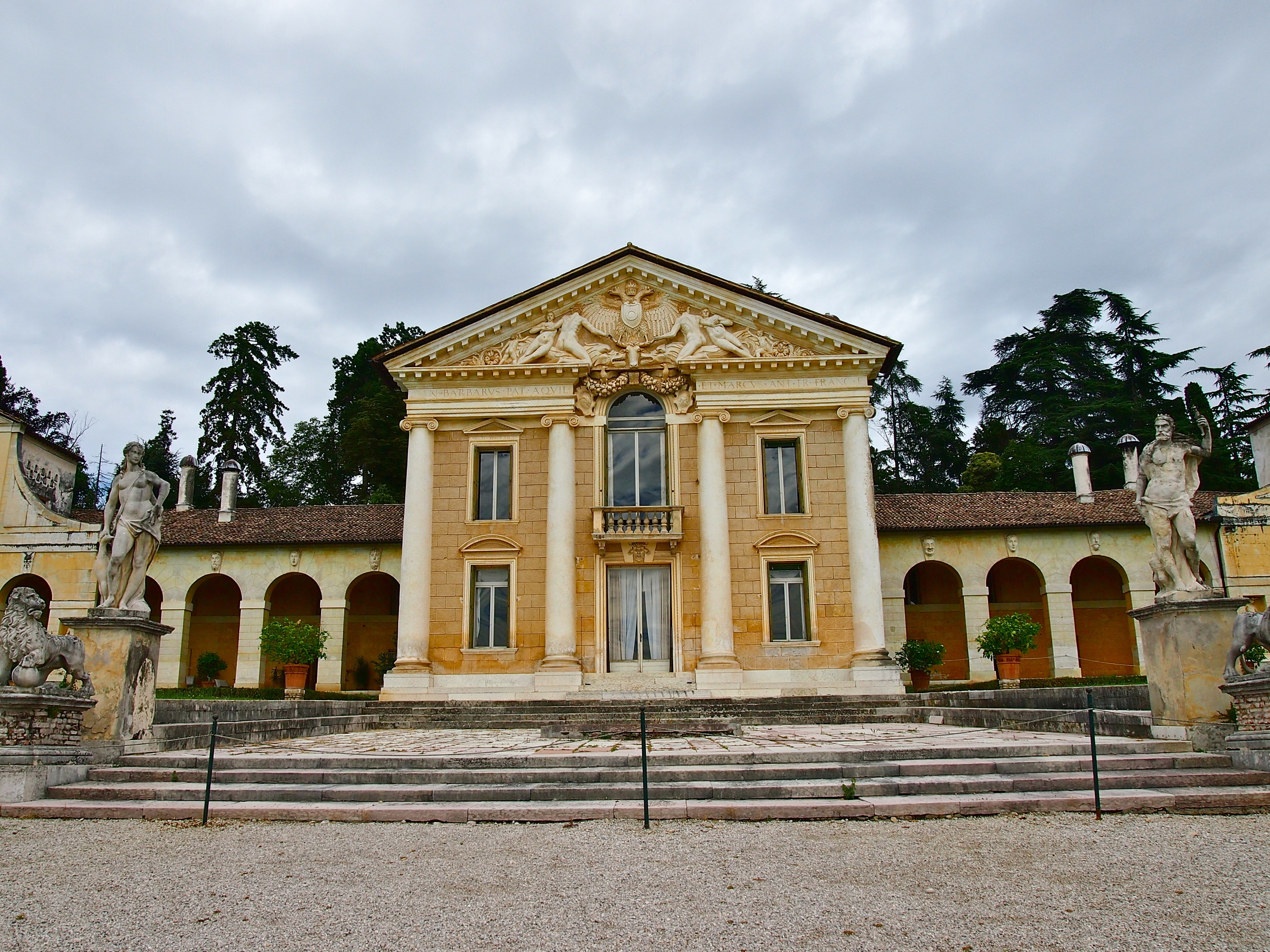
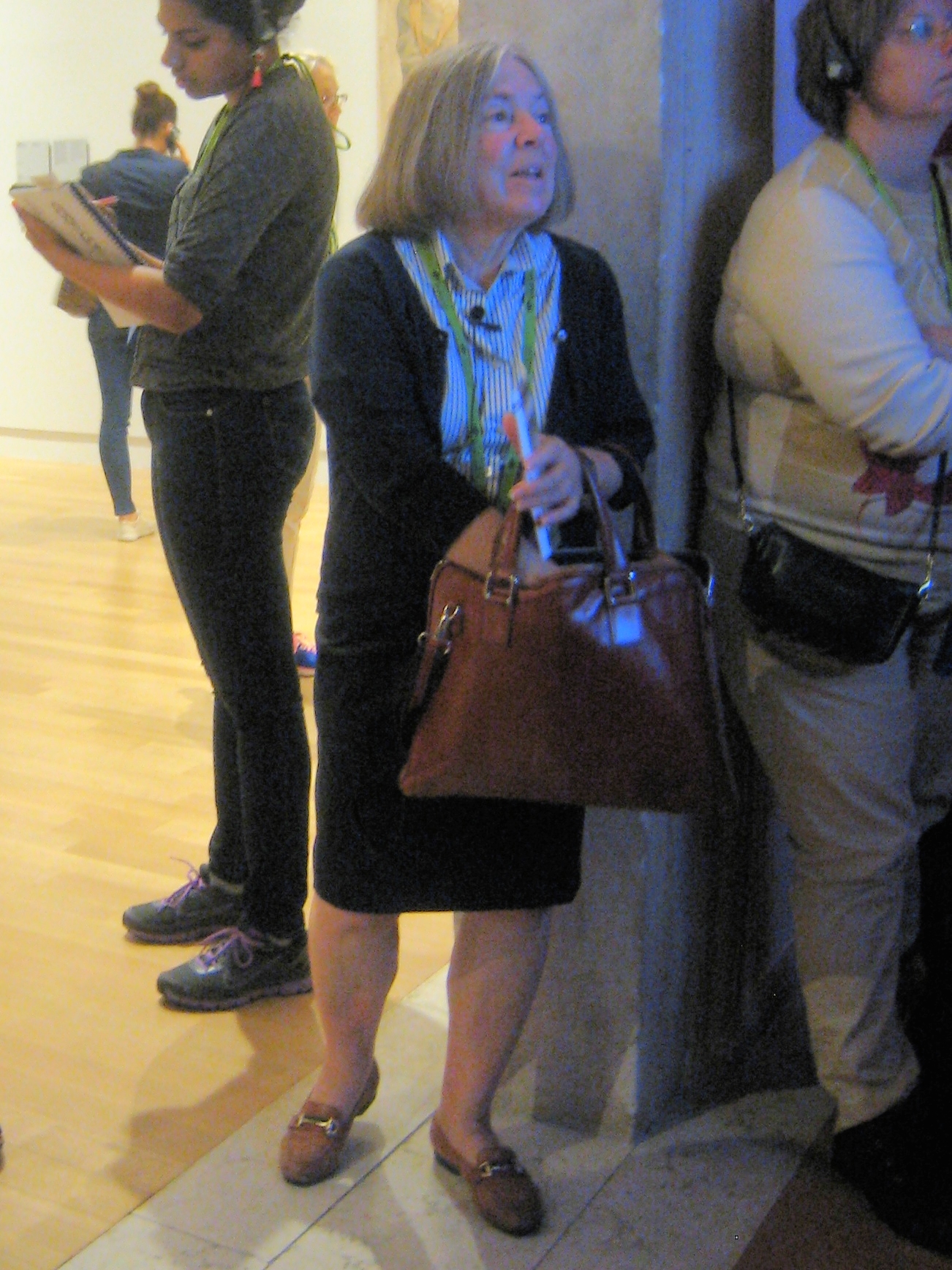
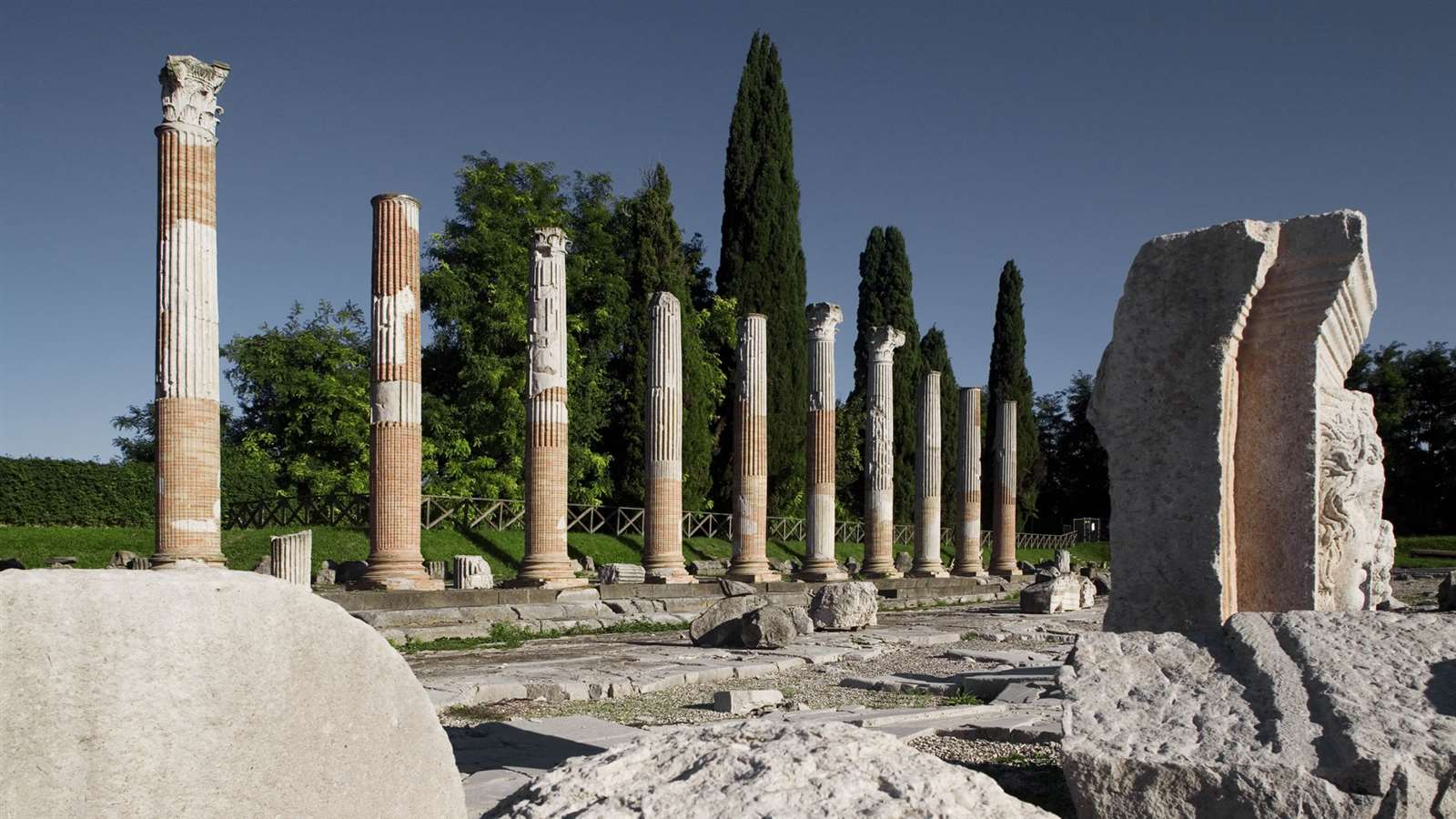
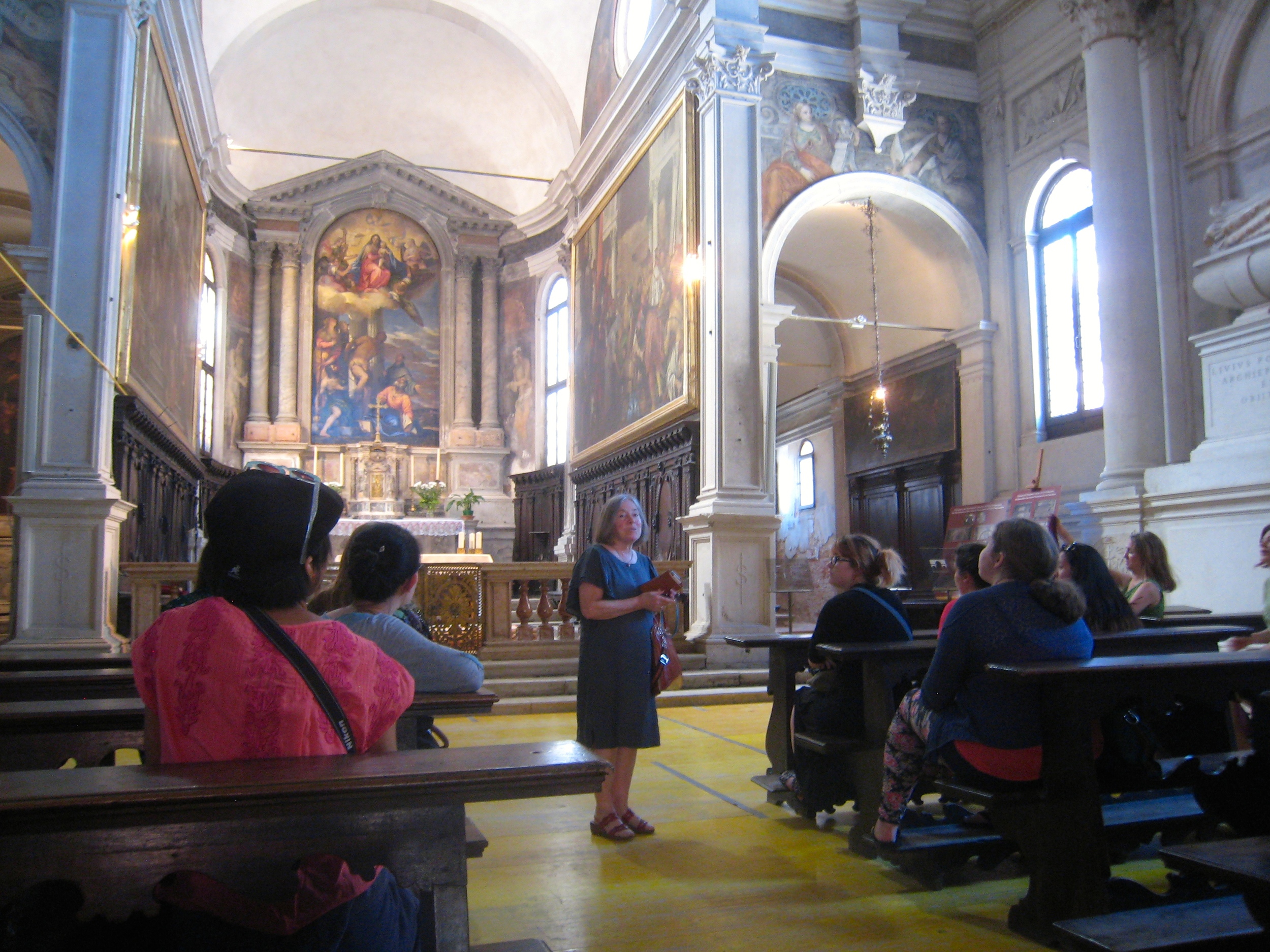
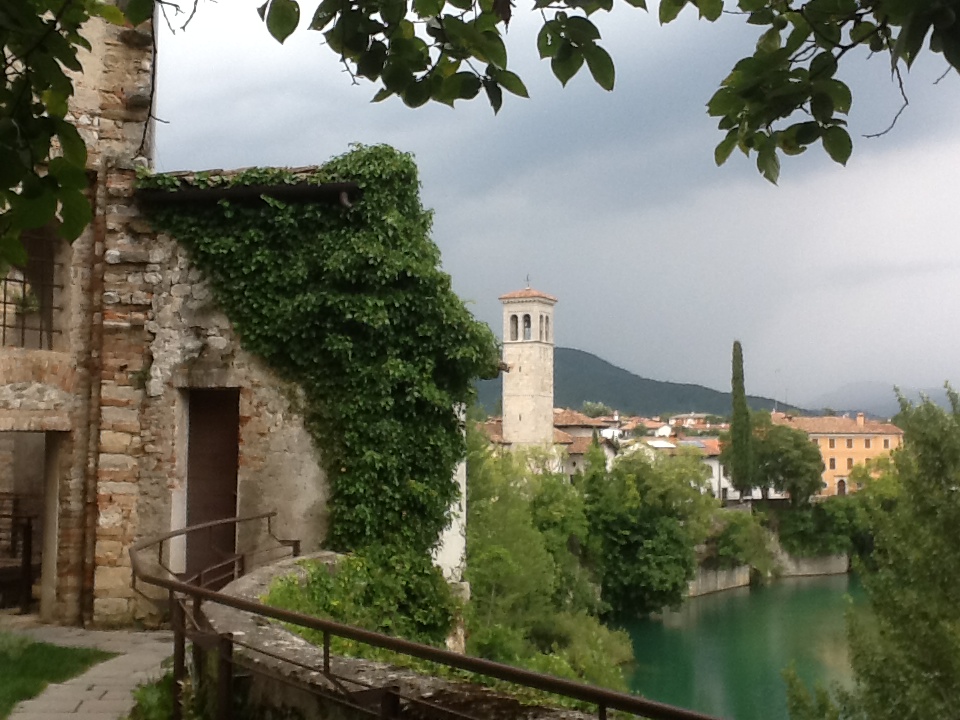
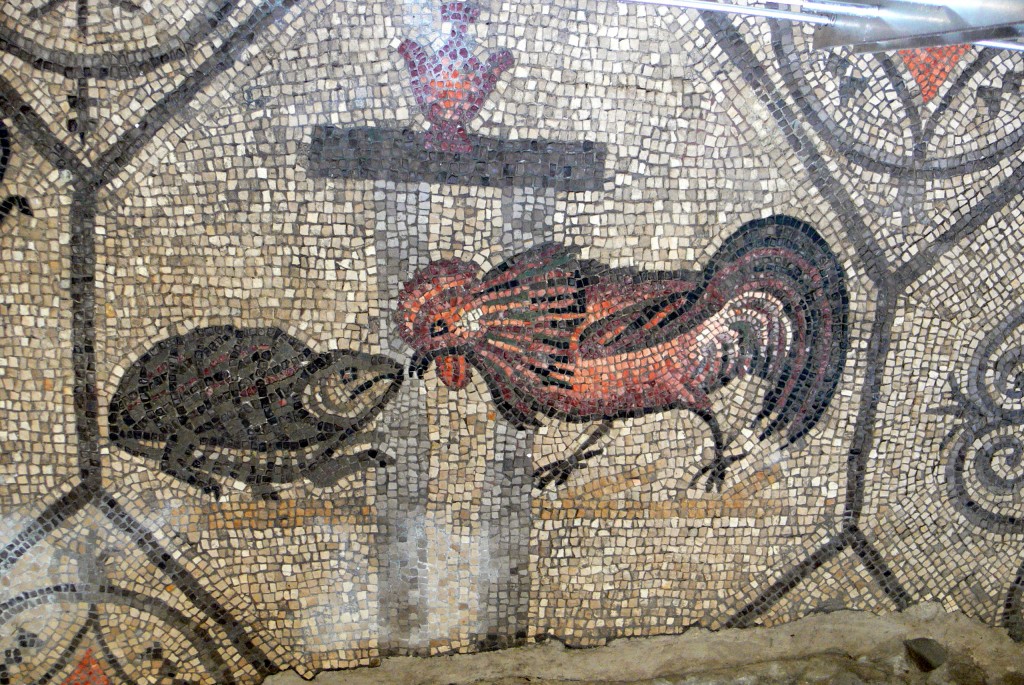
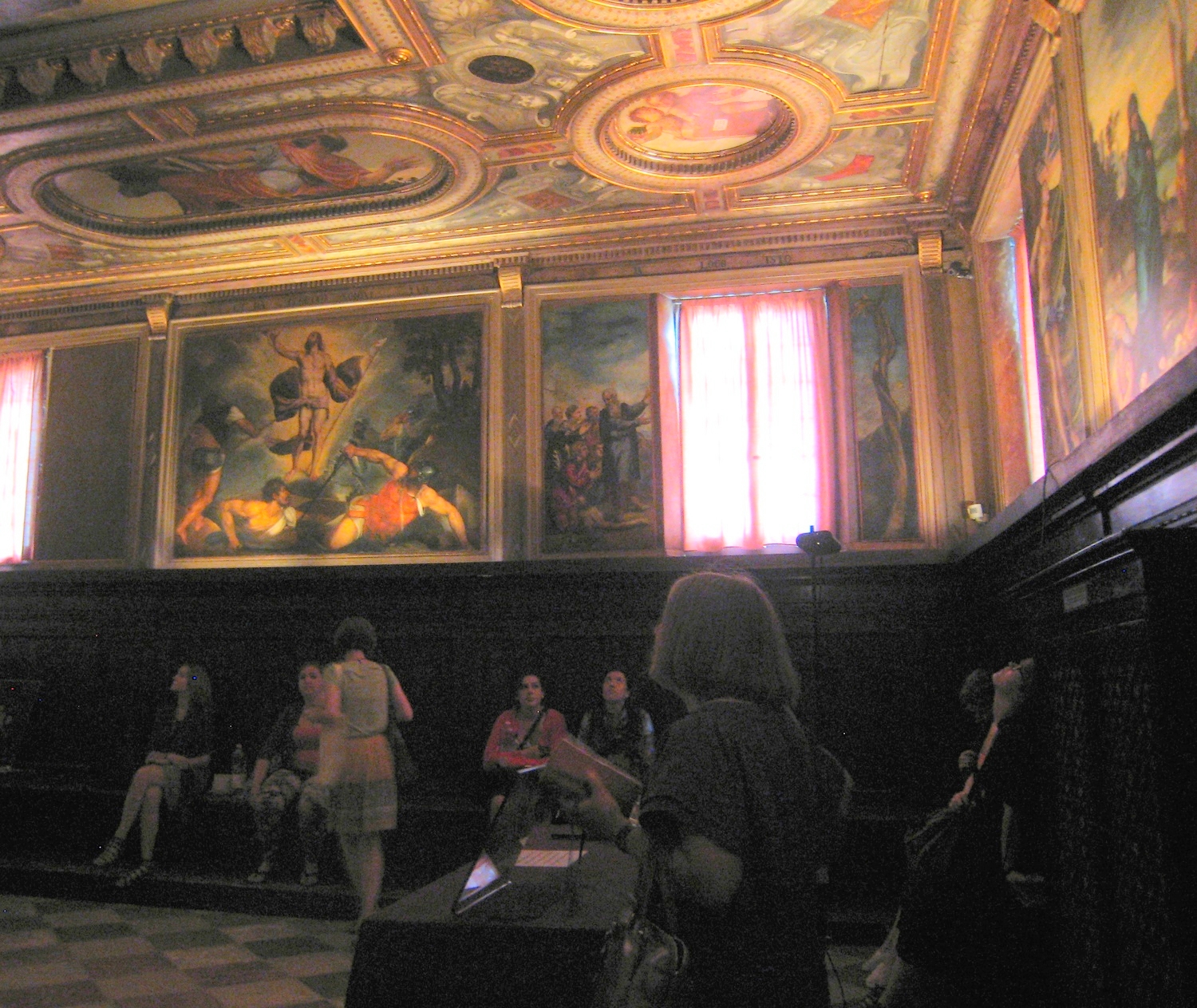
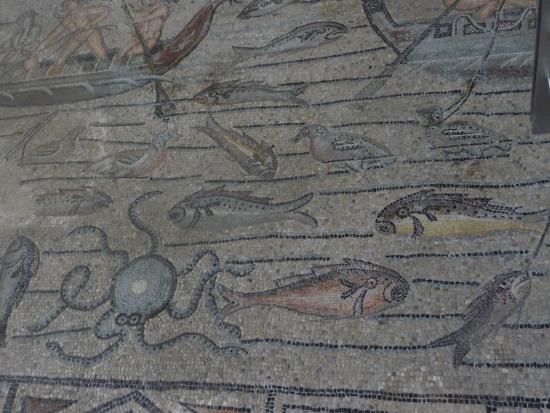
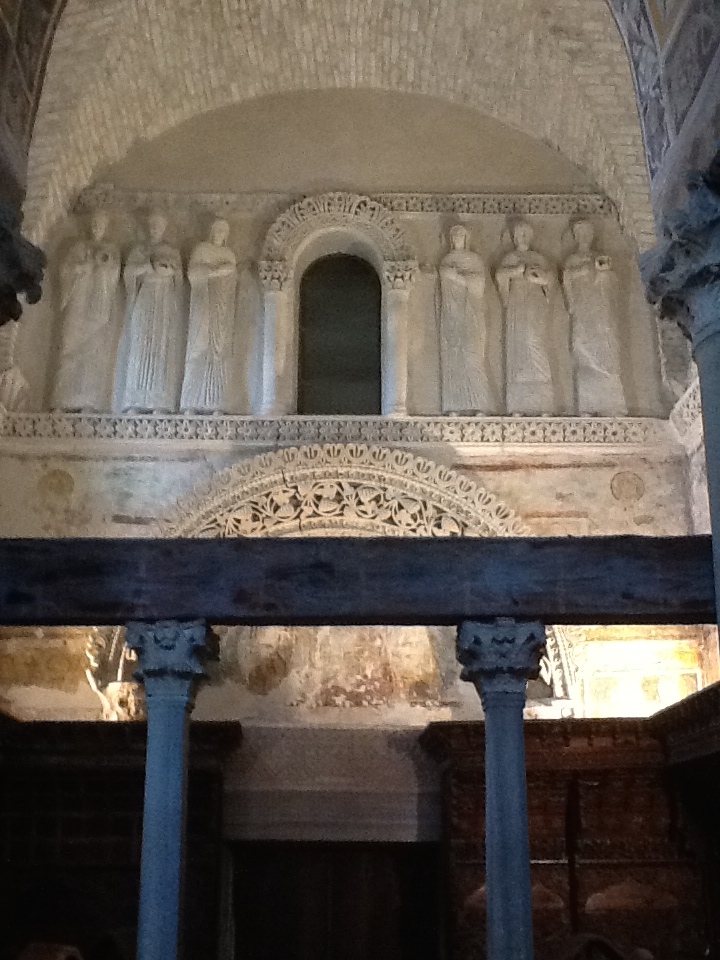
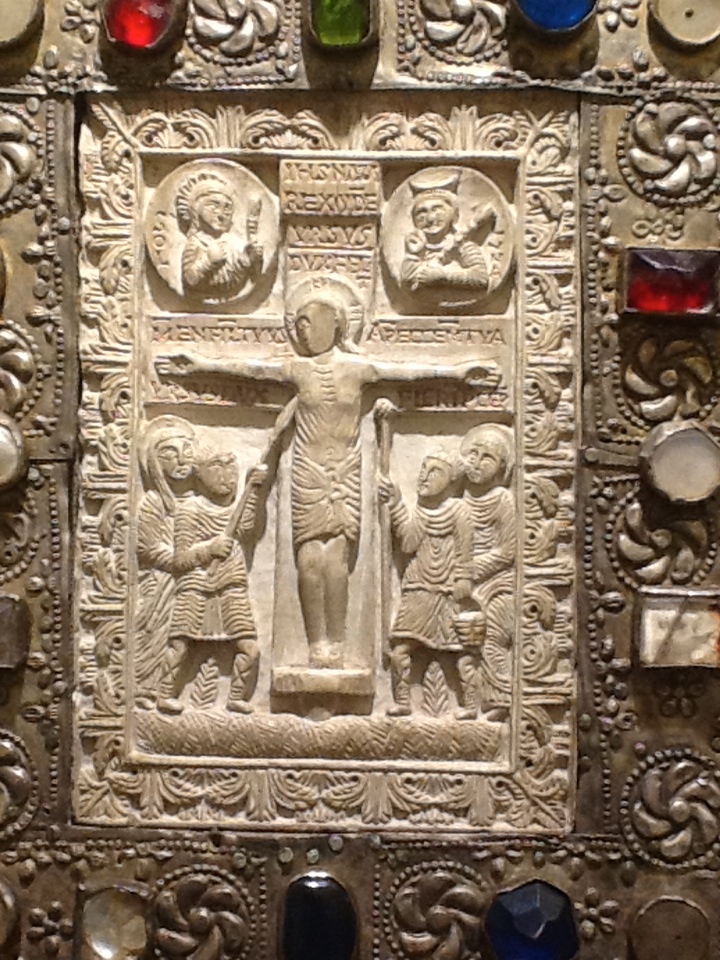
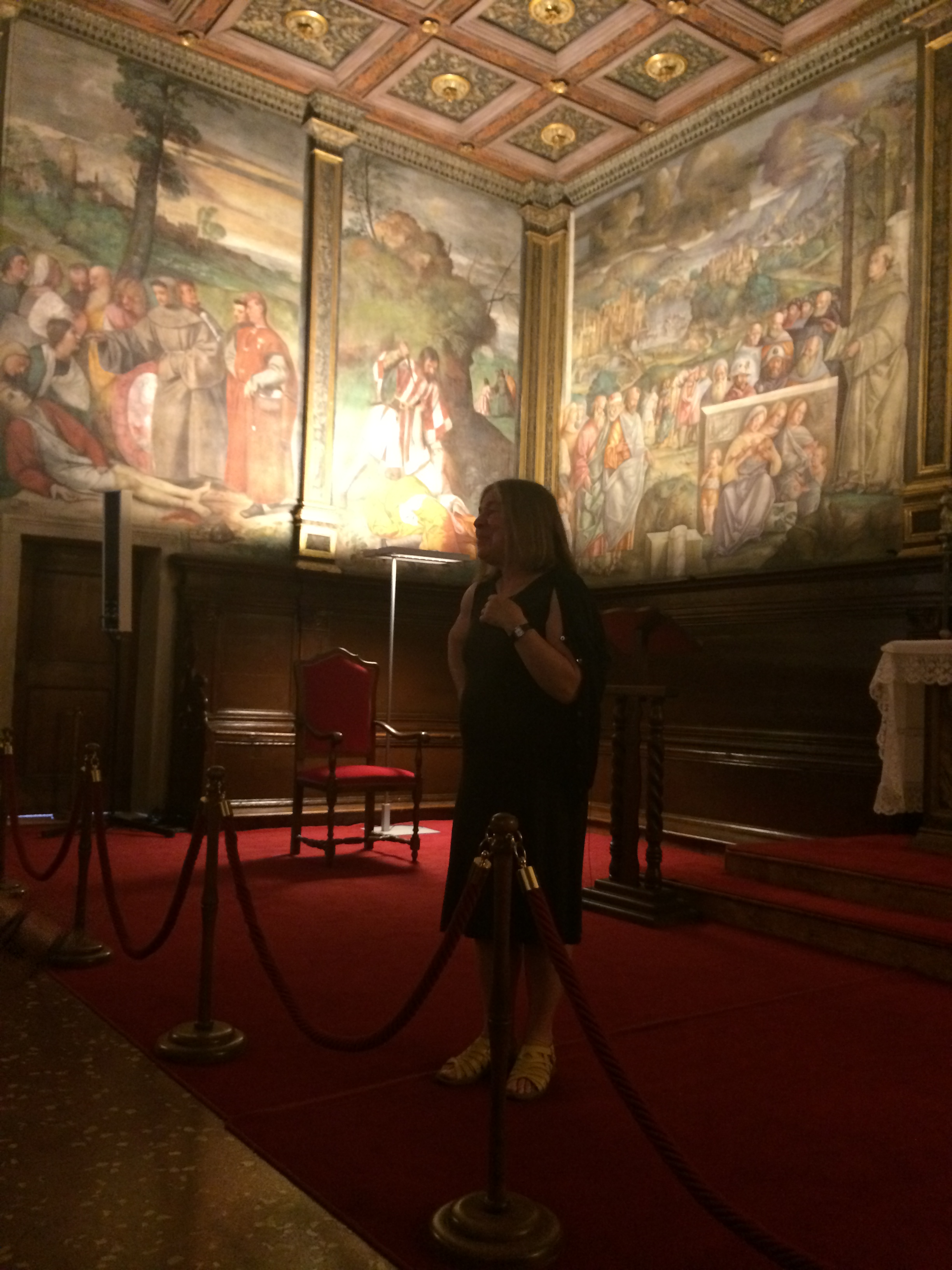
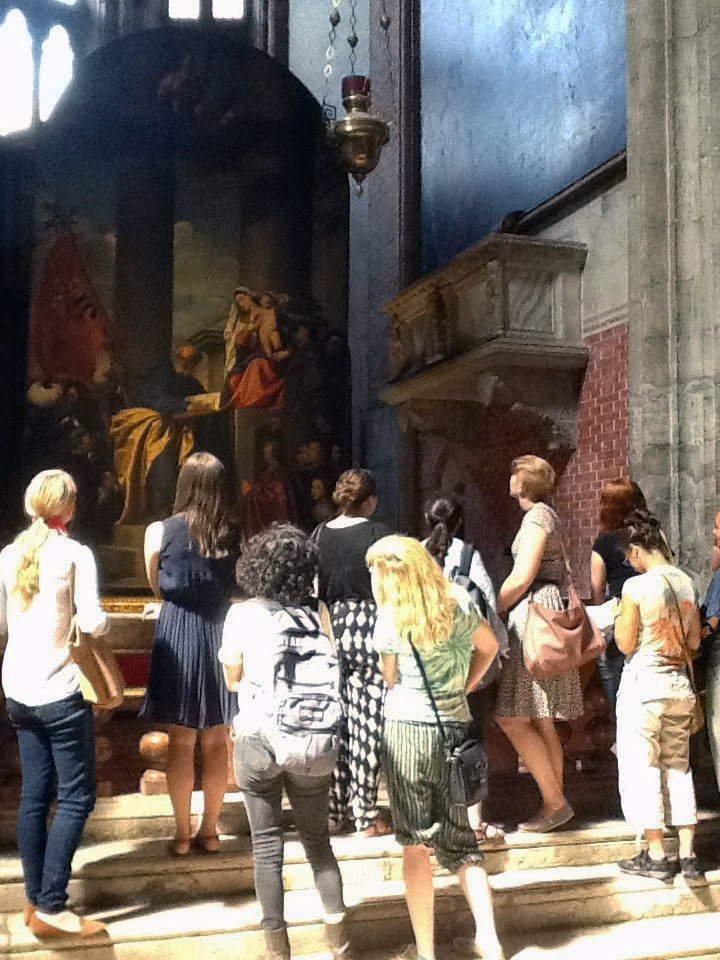
![GqpdDOhV5OaLKcUfc5RHig0g5chK5yPKEtYsBfFR-p0[1].jpg](https://images.squarespace-cdn.com/content/v1/53dd9e85e4b0c5bacb8a0e93/1425411501385-I2BE3R85BOAF64YE4O67/GqpdDOhV5OaLKcUfc5RHig0g5chK5yPKEtYsBfFR-p0%5B1%5D.jpg)
